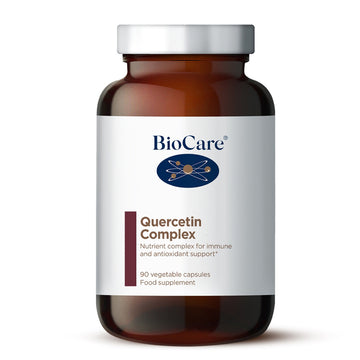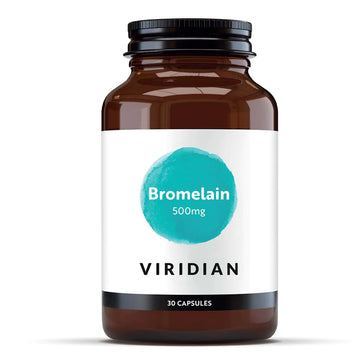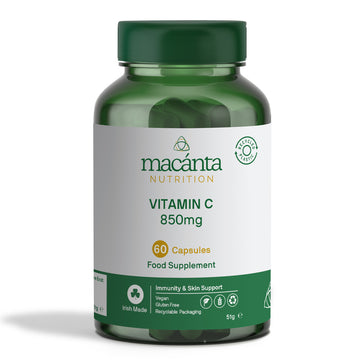It is becoming increasingly common to have an allergic condition these days, ranging from mild to very severe.
Allergic conditions include food allergies, asthma, allergic rhinitis or hay fever and eczema. Common symptoms of undiagnosed allergies include chronic inflammation, sneezing, runny nose, itchy, red or watery eyes, nasal/sinus congestion, cough, itchy nose, mouth or throat, postnasal drip, wheezing, and aversive feeding behaviour. Most children develop allergic sensitivity in the first two years of life. Allergy appears to be an evolving disease in individuals, changing its nature and sometimes increasing in severity through life.
How does it all start?
Allergy develops when the immune system becomes ‘hypersensitive’ to substances such as food or environmental components. Fundamentally, it is a maladaptation of the immune system in which an inflammatory response is mounted on exposure to innocuous molecules, as if they were a pathogenic threat. Allergens are typically a type of protein (e.g. casein from milk), but can also be carbohydrates in rarer instances. Environmental allergens include pollen, hay, cat dander, mould (e.g. from a damp home) and dust mites. Food allergens, in particular, are ubiquitous in the modern diet, and we potentially have increased exposure to certain environmental allergens, like mould.
This inflammatory response provokes the release of histamine by the immune cells. Histamine plays a key role in inflammation, especially allergic reactions, with most sufferers relying on anti-histamine medication to reduce their symptoms.
Our ability to adapt to, and be resilient in the face of this antigenic environment, is heavily influenced by our gut bacteria, which drive immune development during infancy. Essentially, the presence of microflora facilitates immune tolerance to our own microorganisms as well as dietary and other environmental antigens.
What are the most common causes and risk factors in allergy?
• Family history of allergies, for example maternal atopy, can predispose the baby to allergies.
• Gut flora disruption through caesarean section, formula feeding rather than breast feeding or antibiotic use.
• An ‘ultra-hygienic’ environment during infancy. Early exposure to bacteria (putting objects in our mouths, playing outside or living on a farm ) is essential for developing a balanced immune system. Reduced exposure could account for the rise of allergic conditions, the so-called ‘Hygiene Hypothesis’.
• Regular consumption of high histamine foods such as aged cheese or cured meats. Individuals with allergies and asthma tend to have a higher baseline histamine level, therefore adding fuel to the fire can encourage heightened and more prolonged response.
• Nutrient deficiencies - Vitamin D can often be low due to genetic predisposition, inadequate sunlight exposure or poor dietary intake. Furthermore, physical and emotional stress, poor sleep, and prolonged sympathetic innervation may deplete the body of essential nutrients, such as magnesium for bronchodilation, or B vitamins for histamine detoxification.
• Exposure to environmental chemicals can contribute to inflammation. For example, pesticides have been associated with asthma, as well as sulphites from wine or dried fruit being associated with asthmatic reactions. Cigarette smoke is a major risk factor for asthma, increasing airway inflammation and oxidative stress.
• Impaired methylation can be a central factor in allergy. Methylation is a process that occurs within every cell in the entire human body. Where allergy is concerned, one of the key processes influenced by methylation is histamine clearance. Research has connected disrupted methylation with asthma severity.
How can we support allergy?
• Live bacteria supplementation may be helpful to support the immune system. Lactobacillus rhamnosus GG has been shown to be particularly anti-inflammatory.
• Following a low histamine diet, starting with reducing of the most histamine-rich foods such as cured meats and aged cheese can be really useful.
• Quercetin possesses anti-inflammatory and anti-histamine properites. It has also been found to strengthen the lungs and prevent bronchial constriction in asthma attacks.
• Nettle has capabilities of blocking cellular activity of histamine, and other pro-inflammatory cytokines involved in hay fever.
• Bromelain has anti-inflammatory and immune balancing properties, directly acting on immune cells.
• Vitamin C supports histamine detoxification, useful for asthmatic symptoms. When supplemented alongside inhaled steroid medication, it can potentially reduce their side effects.
• Finding the time to relax and limiting environmental stress is important to reduce symptoms. Breathing exercises, limiting artificial blue light exposure and essential oil baths can be really useful to calm down the nervous system and in turn calming down allergic response. Magnesium can exert a calming effect and has been shown to help with asthma symptoms.
• Taking local honey every day has been shown to reduce hay fever symptoms. It can be purchased from local farm shops or health shops.
• Air purifiers and filters are available to use in the home or can be wearable to help reduce air-borne allergens. Nasal filters are also available on the market for symptomatic relief.
Allergy is very individual and can vary from person to person, which is why each case is different. Seeing a registered Nutritional Therapist may also be a good idea, especially if you suffer from a specific condition or have other health problems.


















